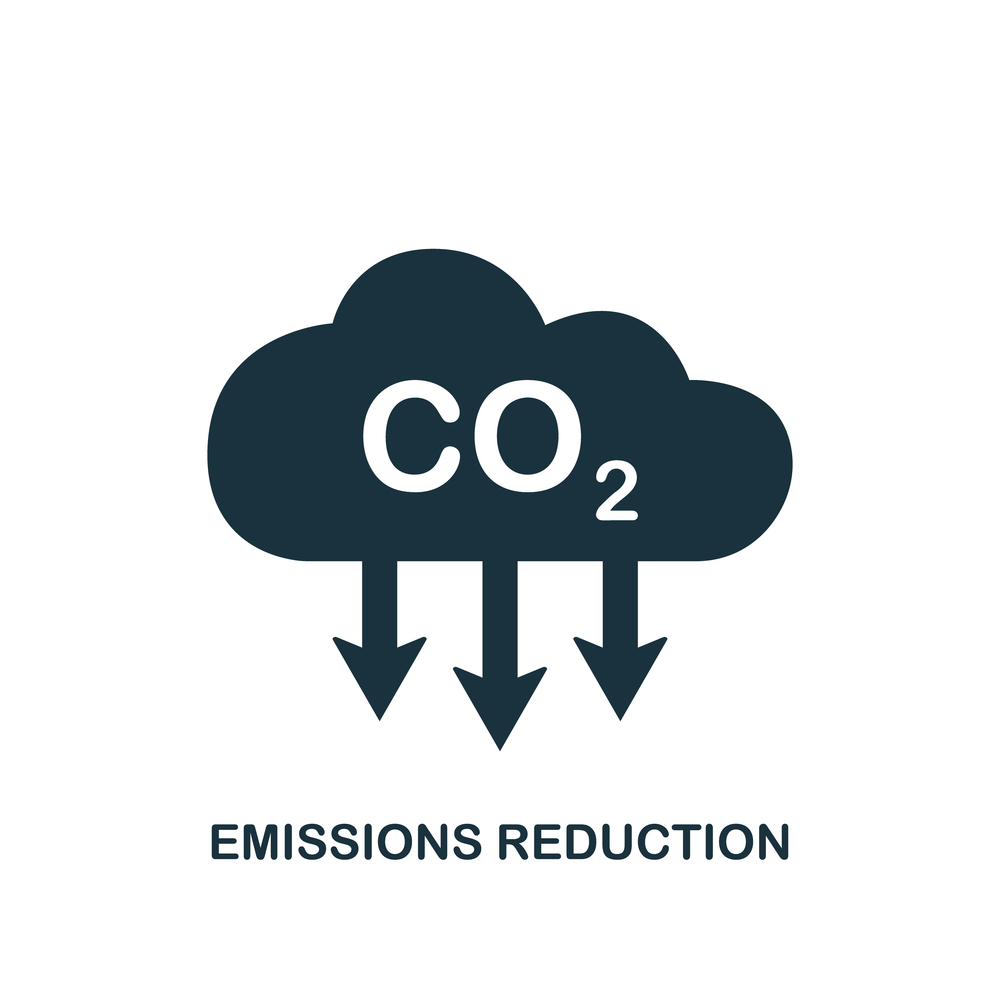
Reduce My Co2 Emissions
The human impact on the environment through carbon dioxide emissions has been a subject of debate for many years. It is widely accepted that contemporary society relies heavily on fossil fuels for energy.
You can reduce your personal carbon dioxide emissions and help fight climate change. Below are some effective strategies for achieving this goal of reducing your own carbon footprint.
Average Household Carbon Emissions Australia
According to a report published by the Australian Government in 2017, residential energy use accounts for almost one-third of all energy used in Australia and is responsible for 18% of greenhouse gas emissions. The main sources of CO2 emissions are electricity and gas used in households.
In terms of electricity, most CO2 emissions come from generating power. In 2016-2017, electricity production accounted for 42% of total CO2 emissions from the residential sector. On the other hand, gas use in residential houses contributes to 34% of total emissions. Transport is also an important source of household CO2 emissions, accounting for about 24%. This is due to petrol and diesel vehicles. Reducing our carbon footprint can be achieved by taking measures that reduce electricity and gas consumption as well as reducing transport-related pollution.
How to Reduce Vehicle Pollution
Vehicle pollution is one of the most common sources of carbon emissions in Australia, and reducing this pollution is key to reducing overall household CO2 emissions. There are a few ways to reduce vehicle pollution, such as opting for more fuel-efficient vehicles and driving less often.
When looking for a new vehicle, consider buying a hybrid or electric car. These types of cars are much more efficient than gasoline-powered ones, using up to three times less fuel than conventional cars. Electric cars produce zero tailpipe emissions, they don’t release any pollutants into the environment.
If you don’t need a new car right away, consider car-sharing or public transportation instead of driving your own vehicle. This reduces your carbon footprint, saves money, and helps reduce traffic congestion.
If you do need to drive, try to drive more efficiently to further reduce your CO2 emissions. Avoid rapid acceleration and braking as this can increase fuel consumption by up to 33% (US Department of Energy and the European Commission). Keeping your car well maintained and properly inflated tires can also improve fuel efficiency by up to 3% and 10%, respectively (EPA).
Implementing these changes can lead to significant reductions in carbon dioxide emissions from vehicles.
Ways to reduce your carbon footprint at home
Residential buildings account for about 28% of global energy-related greenhouse gas emissions (UN Environment Programme).
To reduce your carbon footprint at home, one of the most effective ways is through energy efficiency.
Upgrading your appliances to Energy Star rated models and using LED lighting can help save up to 30% on your electricity bills. Installing thermal insulation and double glazing on your windows can significantly reduce heat loss from your home. Investing in a renewable energy source such as solar panels can also make a dramatic difference in reducing carbon emissions from your home.
By implementing these practices, individuals can make a meaningful contribution to mitigating climate change and reducing their own carbon footprint.
Carbon Footprint Calculators
The next step to reducing your carbon footprint is understanding its current size. Australians can best do this by using a carbon footprint calculator.
A carbon footprint calculator allows you to measure your current CO2 emissions, and to track changes in emissions over time. It also enables you to compare your own carbon footprints with others.
The NoCO2 carbon footprint calculator evaluates your carbon emissions and personal impact on the Earth by answering a few questions about your lifestyle. You can also assess your transportation costs and carbon footprint by using the car travel cost calculator.
Using a carbon footprint calculator can help you gain an understanding of how much CO2 you are emitting each day and make informed decisions about how to reduce it in the future. By acting on our own emissions, we can play a key role in curbing global warming and creating a more sustainable future for us all.
Ways to Reduce Carbon Emissions Globally
Some argue that reducing global carbon emissions is impossible due to many countries’ heavy dependence on fossil fuels. However, with global cooperation and technological advances, it is possible to bring about significant reductions in carbon emissions.
One way to reduce global carbon emissions is by using renewable energy sources such as solar and wind power. These are becoming increasingly available and cost-effective in many parts of the world, making them attractive alternatives to traditional energy sources.
Advances in battery technology mean renewable energy can also be stored for future use.
Implementing energy efficiency measures has a role to play in reducing global carbon emissions. This includes retrofitting residential and commercial buildings with energy-efficient materials, appliances, and lighting systems, as well as introducing policies that promote the use of electric vehicles over those powered by fossil fuels. These measures can help significantly reduce the amount of energy used daily, reducing greenhouse gas emissions into the atmosphere.
Reduce your carbon footprint
To make a difference in reducing global emissions, individuals and households need to be aware of their own emissions and take steps to reduce them.
This can include minimising vehicle pollution by utilising public transport, carpooling, or cycling, making more eco-friendly lifestyle choices at home, and utilising a carbon calculator available online to track one’s own personal contribution. There are also initiatives available globally that can help reduce overall emissions such as renewable energy sources and green infrastructure projects.
It’s important that we all work together towards reducing our greenhouse gas emissions to ensure a healthy planet for generations to come.
Work with us for a sustainable future
Learn more about your carbon footprint and how you can offset your individual emissions.


